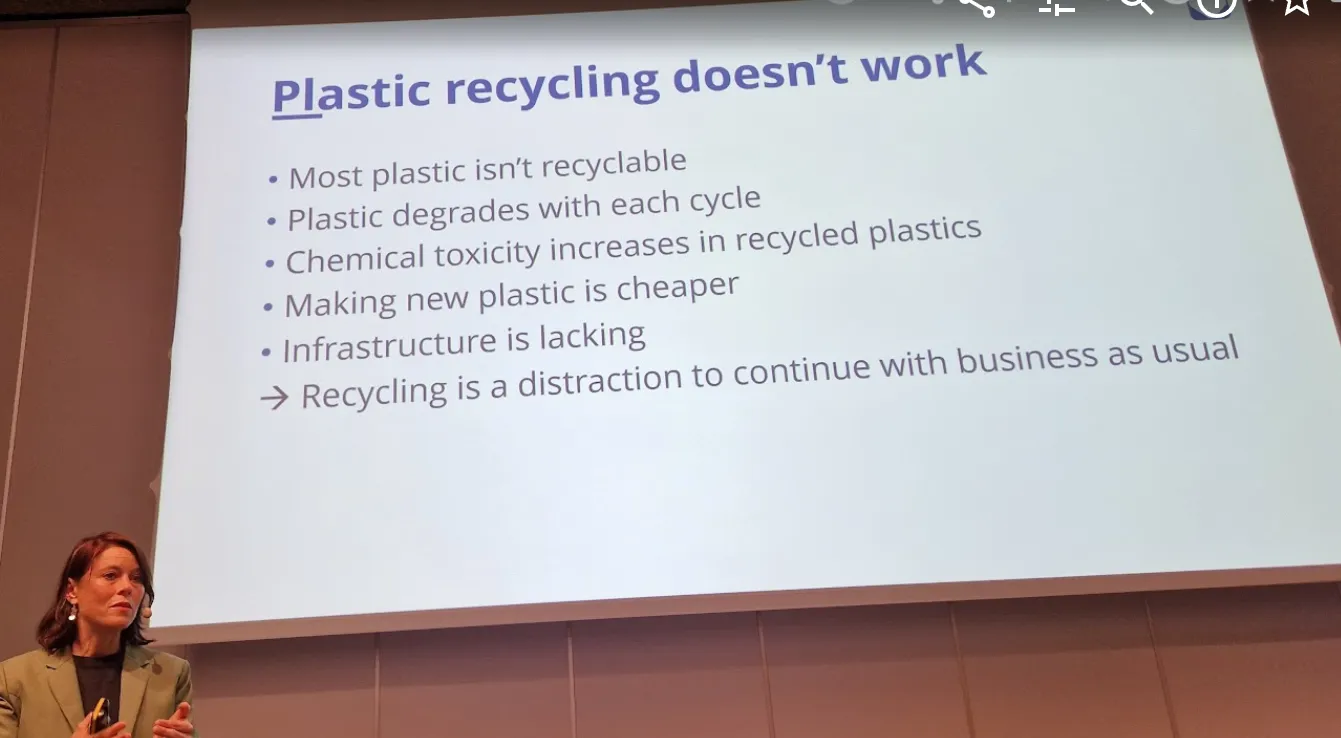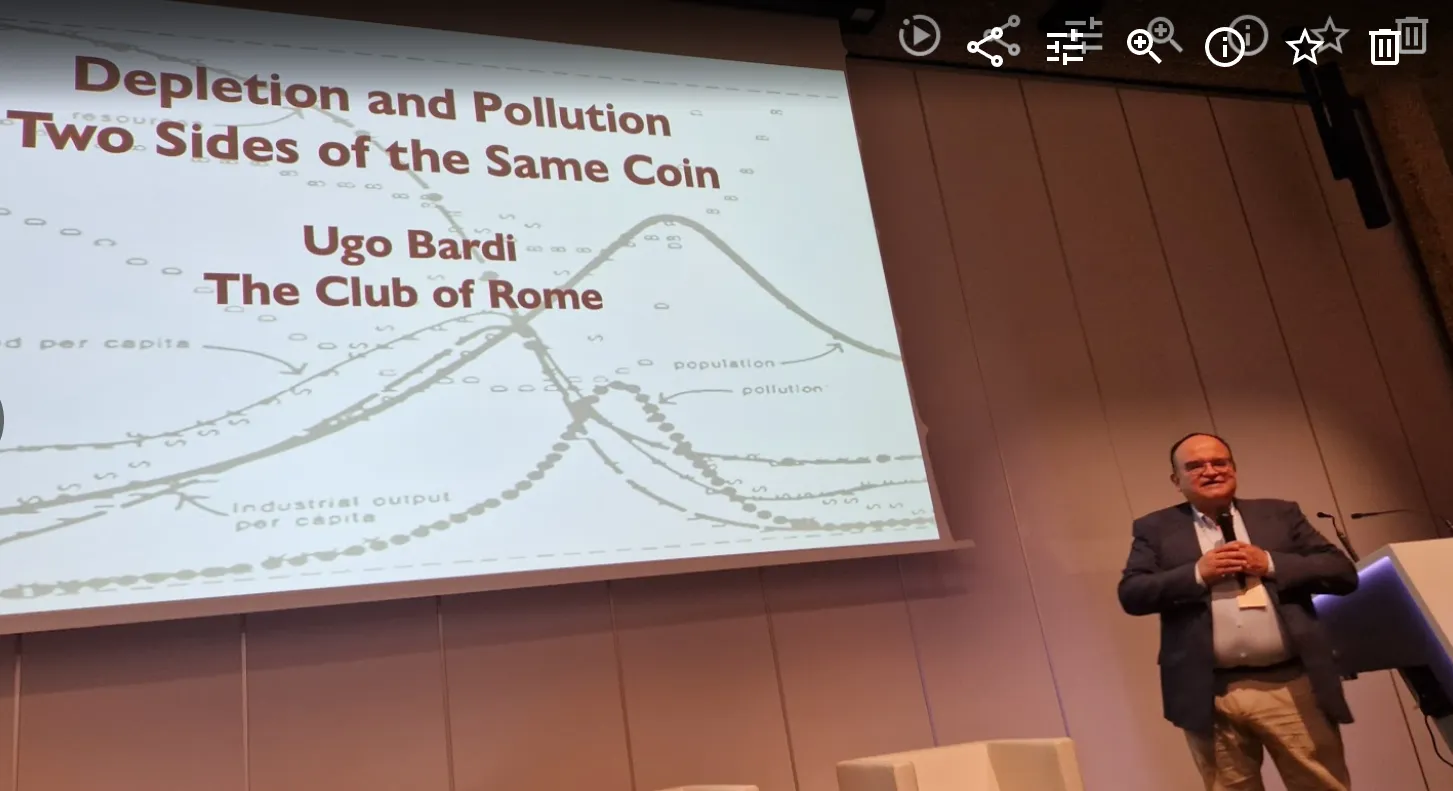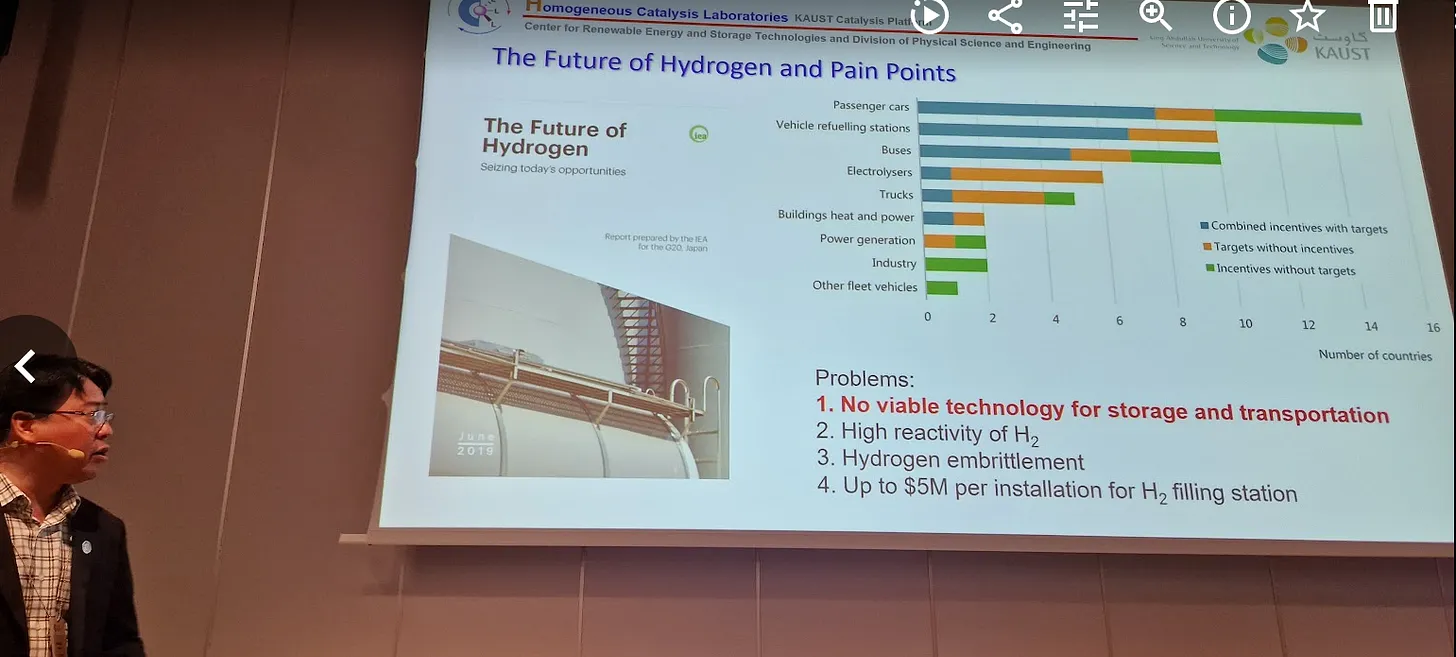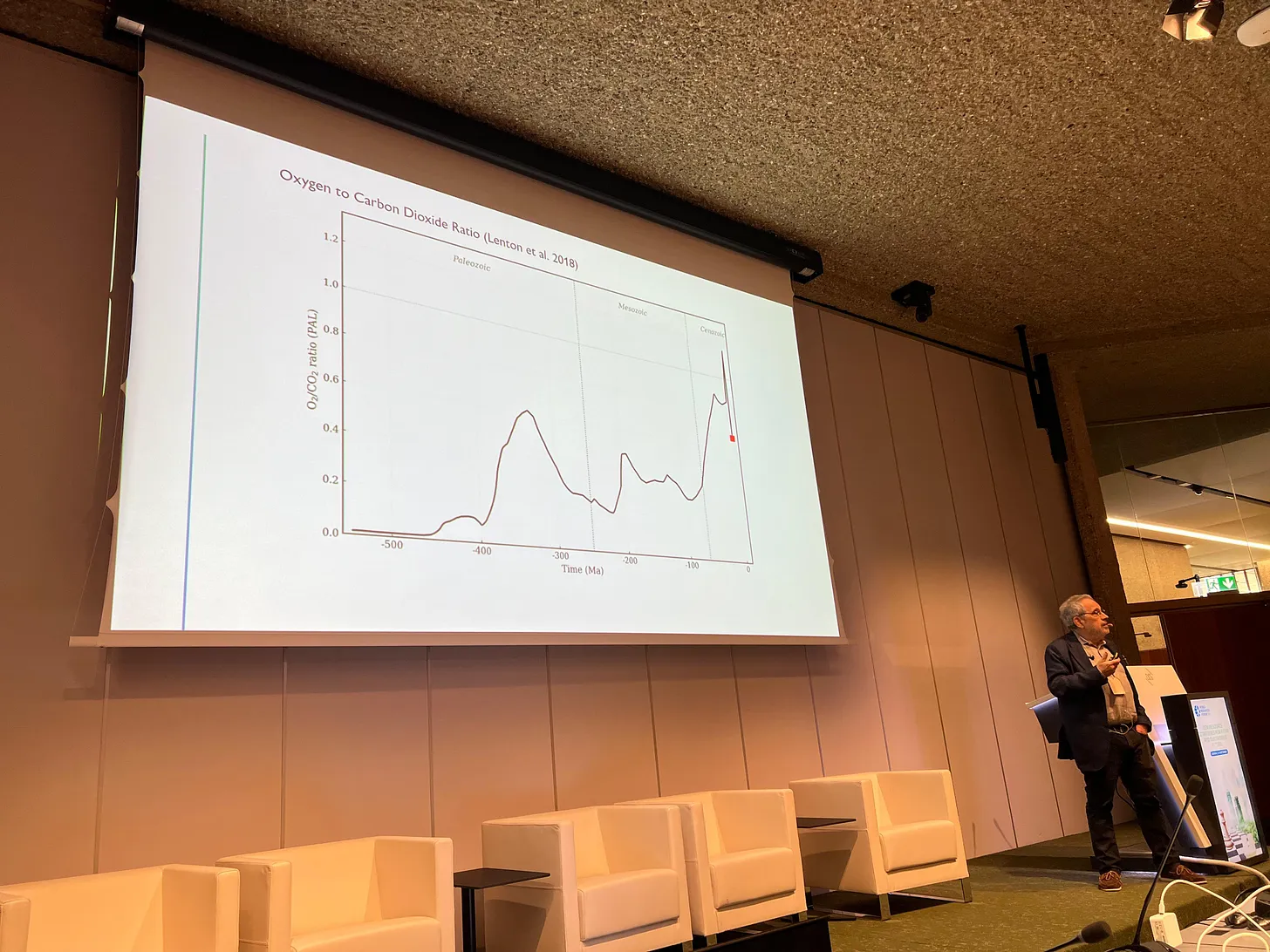We have been afraid for years that we might run out of resources. But the real shortages are clean air and plastic-free food.
On September 2, the Club of Rome held a meeting in Geneva as part of the World Resources Forum 2025. The topic itself sounds almost provocative: The Other Side of Depletion: The Pollution Impact of Mineral Resources.
It is not just about resource depletion. Humanity has been telling this story since the first Industrial Revolution: first wood, then coal, then oil, and now lithium or rare earth metals. There was always a shortage – and we always found a replacement. But today a new warning is sounding: what if the real danger is not scarcity, but toxicity?
CO₂: more than a greenhouse gas
The keynote speech at the Club of Rome meeting by Ugo Bardi shows how, for years, we have reduced CO₂ to nothing more than a climate problem. But CO₂ is a chemically active molecule that affects metabolism, the brain, and bones. Even the concentrations we breathe in ordinary offices or classrooms already impair cognitive abilities
(Ugo Bardi, CO₂: Giver of Life, Giver of Death). We literally think slower because of the air we breathe.
Microplastics: the new “invisible enemy”
As an Ambassador for No More Plastic (Official), I know how insidious this issue is. Packaging that seems safe is actually constantly “exhaling” toxic molecules into our food. One of the speakers at the Club of Rome Conference, Jane Muncke, has shown in her research (Food Packaging Forum) that plastic is not inert. Her article Tackling the toxics in plastics packaging - demonstrates how toxic substances migrate from packaging into food, forming a complex chemical “cocktail”. We already find traces of it in our water, our food, our blood — even the placenta.
I call this phenomenon what it really is: “microplastic migration.” The particles travel thousands of kilometers, enter our food chain, and pose threats that 21st-century toxicology still fails to fully detect.
History repeats?
We’ve been here before: radiation, asbestos, lead in gasoline. They all seemed “invisible” or “manageable” — until they became disasters. Are we repeating the same mistake with CO₂ and plastic?
My question: are we ready to rethink resource depletion not only as a problem of scarcity, but as a problem of poisoning that is already happening here and now — in our lungs, in our cells, in future generations?
Some pictures from the Meeting in Geneva
Below: Jane Muncke

Click on the image to enlarge.
Carlos Alvarez Pereira, Secretary General of the Club of Rome

Click on the image to enlarge.
Kuo-Wei Huang, member of the Club of Rome

Click on the image to enlarge.
Ugo Bardi

Click on the image to enlarge.
|
ABOUT THE AUTHOR
Anastasiia Tsybuliak is an Ukrainian economist, entrepreneur, and eco-activist. Since 2014 she has been an associate professor, and, since 2021, a professor, in the Department of International Economics, Business, and Management at the Ukrainian-American Concordia University.
|